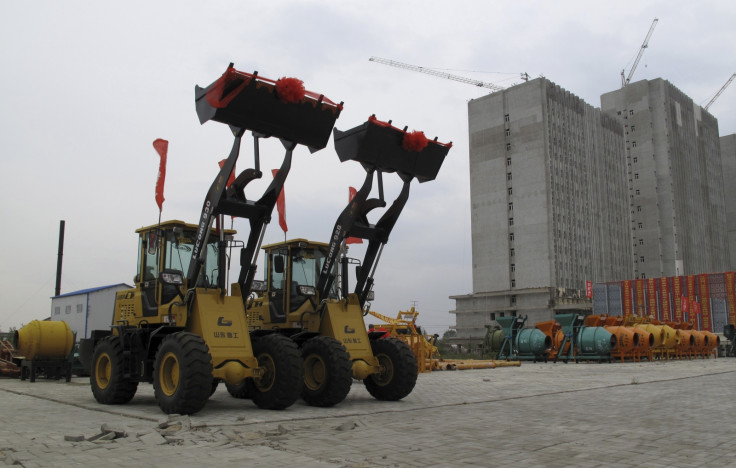ADB cuts Asia growth forecast on China and US woes

The Asian Development Bank (ADB) has slashed its 2015 growth forecast for the Asian economy due to slower-than-expected economic activity in the US and China.
In a supplement to the bank's Asian development outlook report published last March, the ADB has cut its 2015 growth forecast for Developing Asia to 6.1% from 6.3%. In 2016, the region is expected to grow at 6.2%, compared to 6.3% expected earlier.
In East Asia, growth will remain subdued with lower-than-forecast output across the region, the bank said, adding that China's (PRC) growth would moderate to 7.0% in 2015 and 6.8% in 2016, compared to March estimates of 7.2% and 7.0%, respectively.
"Slower growth in the PRC is likely to have a noticeable effect on the rest of Asia given its size and its close links with other countries in the region through regional and global value chains," ADB chief economist Shang-Jin Wei said in a statement.
"While weaker-than-expected external demand, a declining working age population, and rising wages, have contributed to a slower rate of growth in the PRC, reforms aimed at improving labour market flexibility and capital allocation to the most productive firms are needed as they can also help to raise the growth rate."

Southeast Asia's growth would be 4.6% in 2015 and 5.1% in 2016, compared to earlier forecasts of 4.9% and 5.3%, respectively. The region has been suffering from disappointing economic output so far in 2015, according to the bank.
Meanwhile, the ADB raised slightly its 2015 forecast for South Asia to 7.3% against 7.2% in March, due to better growth in Bangladesh and India.
In Central Asia, growth in 2015 is seen unchanged at 3.5%, despite lower global commodity prices and the recession in the Russian Federation. For 2016, forecast has been revised down to 4.2% from 4.5%.
Inflation in the Asian region in 2015 is now forecast to be at 2.4%, compared to the 2.6% seen in March, due to ongoing softness in fuel prices and subdued food costs. Inflation is seen at 3% in 2016, unchanged from the previous forecast.
© Copyright IBTimes 2025. All rights reserved.






















